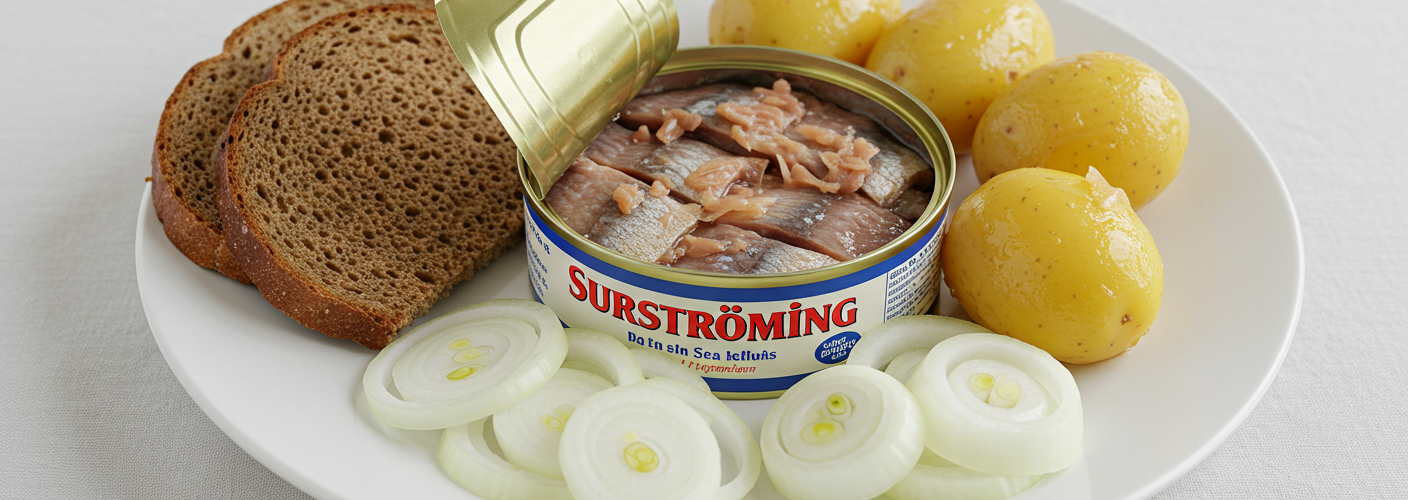Surströmming is not just a dish; it’s an experience. For the adventurous culinary enthusiast, this fermented herring from Sweden continues to captivate taste buds and challenge palates across the globe. But it’s not just the unusual flavor that intrigues; it’s also the tradition and cultural significance behind this unique delicacy.
What is Surströmming?
At its core, surströmming consists of herring that has been fermented in a brine solution. However, the process is what sets it apart. Instead of fresh fish, the herring is caught in the Baltic Sea during the spring, when it is at its peak. Following this, the fish undergo a fermentation process that lasts anywhere from six months to a year. The entire procedure is intricate; it involves salting the fish and placing it in airtight containers, where natural fermentation occurs, producing a powerful aroma that has garnered both enthusiasts and skeptics alike.
The smell of surströmming is notoriously pungent and can be off-putting for many. This strong aroma is a result of the breakdown of proteins in the fish, which releases volatile compounds. It’s a smell that some describe as similar to rotten eggs or even ammonia. This is why developers of surströmming recommend consuming it outdoors, ideally under a blue sky, far from enclosed spaces.
Cultural Significance
Surströmming is deeply entrenched in Swedish culture, celebrated during a traditional festivity known as “surströmmingspremiär,” or the Surströmming Premiere. This event occurs annually on the third Thursday of August and marks the start of the new season for eating this fermented fish. Enthusiasts gather to partake in feasts, where surströmming is served alongside various accompaniments, including thin flatbreads, boiled potatoes, onions, and sour cream.
The dish has its roots in the necessities of preservation. Historically, when refrigeration was nonexistent, communities relied on fermentation to preserve fish, especially during the long months of winter. Today, surströmming exists not only as food but as an emblem of Swedish heritage and culinary innovation.
How to Enjoy Surströmming
For those willing to try this unique dish, proper preparation can enhance the experience. It’s typically best enjoyed as part of a traditional meal. Start by removing the fish from its can and presenting it on a plate. While the smell may be overwhelming, many find that the initial shock gives way to enjoyment once they taste it in the right context.
Accompaniments play a pivotal role in toning down the intensity of surströmming. Crafting a sandwich known as a “surströmmingsklämma” can elevate the dish: take a slice of thin bread or flatbread, add boiled potatoes, diced onion, and a generous portion of the herring, topped with some creamy sour cream. The combination of flavors works to temper the fermented fish’s strong taste.
Conclusion
Whether you’re a seasoned expert in unusual foods or simply curious about cultural delicacies, surströmming offers an opportunity to engage with Swedish culinary traditions in a profound way. Embrace the challenge, find a good setting, and prepare for a unique flavor experience that embodies centuries of maritime culture and the art of fermentation. For those willing to dive in, surströmming is more than just food; it’s a celebration of heritage.




Add comment